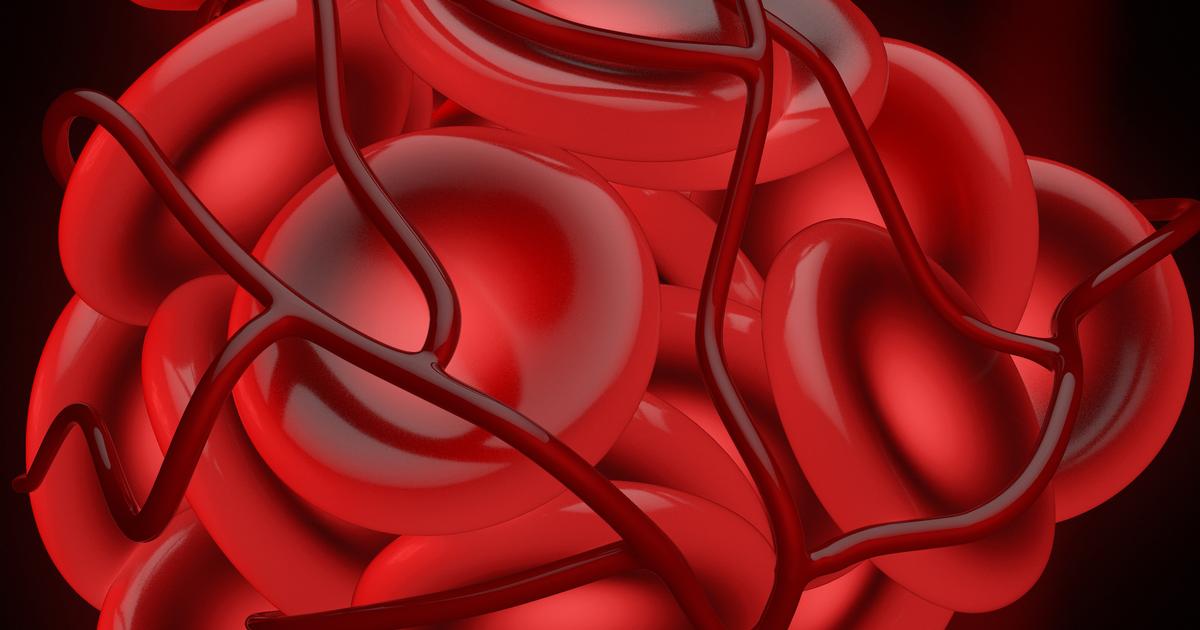What Causes Spider Veins?
History Of Blood Clots

A history of blood clots is a potential contributing factor that could elevate a patient's risk for spider veins. Blood clots are gel-like clumps of blood and fibrin that may form if an individual has impaired or slow circulation. Clots often form in the deep veins of the legs, and this condition is known as deep vein thrombosis. While immobile clots may not be harmful, some clots may move to the lungs or other vital organs and become potentially life-threatening. Potential signs of blood clots include shortness of breath, chest pain, lightheadedness, and speech difficulties. Patients who have blood clots in the legs (deep vein thrombosis) may notice early symptoms such as warmth, swelling, redness, or pain in a particular area of the leg. Individuals who notice any of these signs should have an urgent medical examination. Doctors can perform blood tests and ultrasounds to diagnose clots, and medication to dissolve the clot can be administered.
Continue to reveal more causes behind spider veins now.
